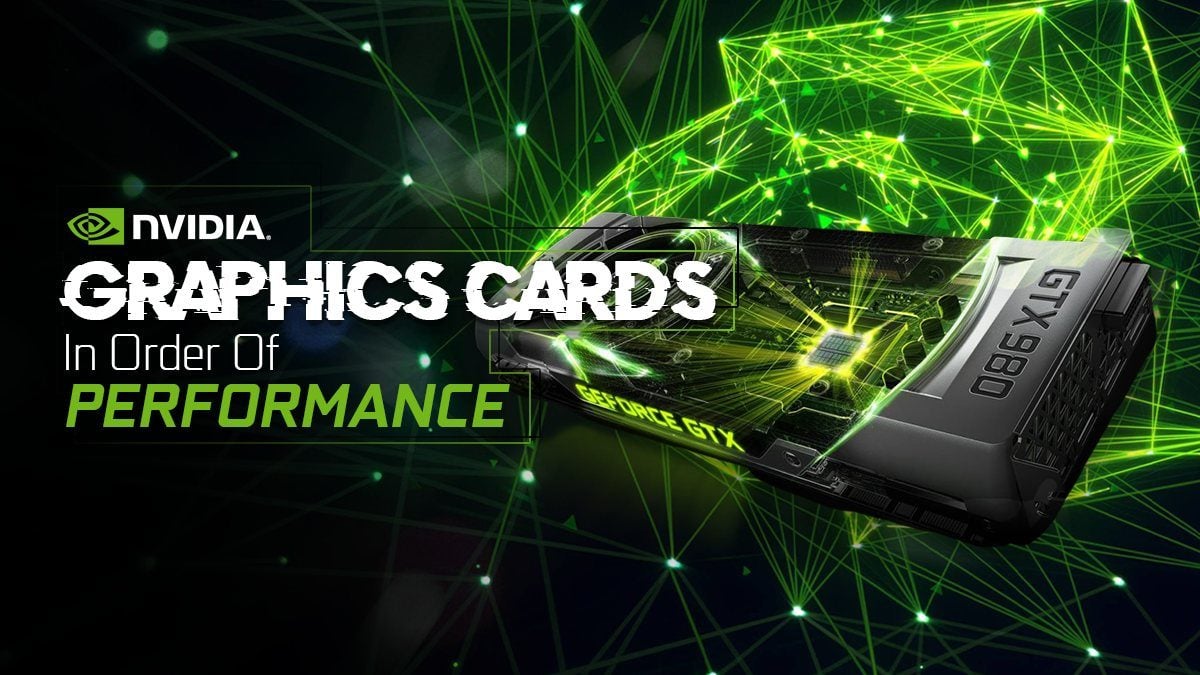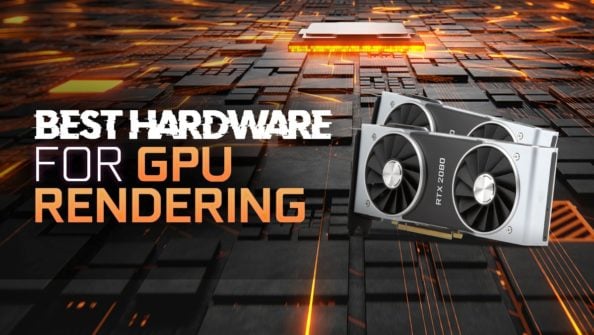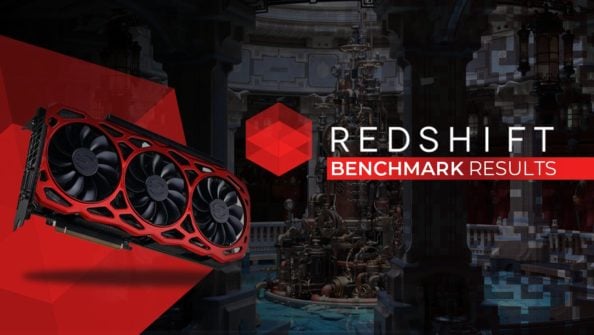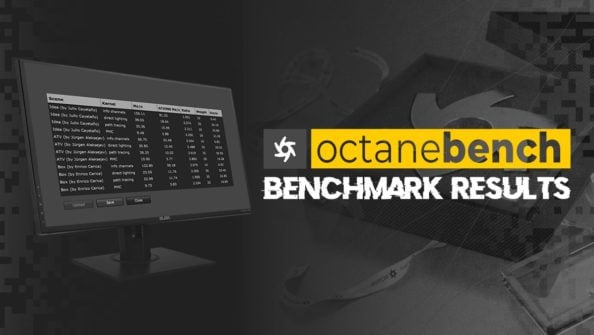TABLE OF CONTENTS
A list of Nvidia Graphics Cards in order of performance is something I keep looking for myself.
That is why I have put together this page for you with the most recent and some older but still widely used Nvidia Graphics Cards in a list that you can sort to your liking.
Also check out our related GPU and CPU Lists:
- AMD Graphics Card List in order of performance
- AMD Desktop CPU List in order of performance
- Intel Desktop CPU List in order of performance
- AMD Desktop CPU List in order of performance
- List of Desktop CPUs with the highest single core performance
Nvidia Graphics Cards List In Order Of Performance
| Graphics Card | Render Score | Gaming Score | Performance Total | Performance / Dollar | Price (MSRP) |
|---|---|---|---|---|---|
| Nvidia RTX 4090 | 1271 | 370 | 1640 | 1.02 | 1599 |
| Nvidia RTX 4080 | 952 | 290 | 1242 | 1.03 | 1199 |
| Nvidia RTX 3090 Ti | 675 | 278 | 953 | 0.47 | 1999 |
| Nvidia RTX 4070 Ti | 706 | 240 | 946 | 1.18 | 799 |
| Nvidia RTX 4070 SUPER | 704 | 225 | 929 | 1.55 | 599 |
| Nvidia RTX 3090 | 652 | 260 | 912 | 0.61 | 1499 |
| Nvidia RTX 3080 Ti | 642 | 232 | 874 | 0.73 | 1199 |
| Nvidia RTX 4070 | 646 | 190 | 836 | 1.52 | 549 |
| Nvidia RTX 3080 | 554 | 238 | 792 | 1.13 | 699 |
| Nvidia Quadro RTX A6000 | 540 | 207 | 747 | 0.16 | 4650 |
| Nvidia Quadro RTX A5000 | 511 | 185 | 696 | 0.19 | 2599 |
| Nvidia RTX 3070 Ti | 432 | 165 | 597 | 0.99 | 599 |
| Nvidia Titan V | 396 | 171 | 567 | 0.19 | 3000 |
| Nvidia RTX 3070 | 399 | 158 | 557 | 1.11 | 499 |
| Nvidia RTX 4060 Ti | 411 | 145 | 556 | 1.39 | 399 |
| Nvidia RTX 3080 [Laptop] | 399 | 130 | 529 | 0 (N/A) | 0 |
| Nvidia RTX 2080 Ti | 346 | 172 | 518 | 0.43 | 1199 |
| Nvidia RTX Titan | 326 | 191 | 517 | 0.19 | 2700 |
| Nvidia RTX 3060 Ti | 366 | 132 | 498 | 1.24 | 399 |
| Nvidia RTX 4060 | 365 | 120 | 485 | 1.62 | 299 |
| Nvidia RTX 3070 [Laptop] | 371 | 111 | 482 | 0 (N/A) | 0 |
| Nvidia RTX 3060 | 284 | 98 | 382 | 1.16 | 329 |
| Nvidia Titan Pascal | 250 | 124 | 374 | 0.23 | 1650 |
| Nvidia RTX 2080 SUPER | 234 | 131 | 365 | 0.48 | 750 |
| Nvidia RTX 3060 [Laptop] | 268 | 87 | 355 | 0 (N/A) | 0 |
| Nvidia GTX 1080 Ti | 221 | 129 | 350 | 0.50 | 700 |
| Nvidia RTX 2080 | 226 | 121 | 347 | 0.43 | 799 |
| Nvidia Quadro RTX A4000 | 239 | 94 | 333 | 0.28 | 1149 |
| Nvidia RTX 2070 SUPER | 220 | 112 | 332 | 0.63 | 520 |
| Nvidia RTX 2070 | 210 | 107 | 317 | 0.71 | 450 |
| Nvidia RTX 2060 SUPER | 203 | 99 | 302 | 0.71 | 420 |
| Nvidia RTX 2060 | 170 | 85 | 255 | 0.72 | 350 |
| Nvidia GTX 1080 | 148 | 104 | 252 | 0.50 | 500 |
| Nvidia RTX 3050 | 179 | 72 | 251 | 1.01 | 249 |
| Nvidia GTX 1070 Ti | 153 | 94 | 247 | 0.61 | 400 |
| Nvidia RTX 3050 Ti [Laptop] | 171 | 58 | 229 | 0 (N/A) | 0 |
| Nvidia GTX 980 Ti | 136 | 79 | 215 | 0.93 | 230 |
| Nvidia GTX 1070 | 132 | 78 | 210 | 0.60 | 350 |
| Nvidia GTX 1660 SUPER | 136 | 70 | 206 | 0.82 | 250 |
| Nvidia GTX 1660 Ti | 132 | 74 | 206 | 0.68 | 300 |
| Nvidia RTX 4050 [Laptop] | 254 | 96 | 205 | 0 (N/A) | 0 |
| Nvidia RTX 3050 [Laptop] | 151 | 54 | 205 | 0 (N/A) | 0 |
| Nvidia GTX 1660 | 117 | 64 | 181 | 0.86 | 210 |
| Nvidia GTX 980 | 93 | 59 | 152 | 0.95 | 160 |
| Nvidia GTX 1060 | 95 | 57 | 152 | 0.61 | 250 |
| Nvidia GTX 1650 SUPER | 82 | 58 | 140 | 0.82 | 170 |
| Nvidia GTX 1650 | 78 | 41 | 119 | 0.74 | 160 |
| Nvidia GTX 1050 Ti | 54 | 32 | 86 | 0.57 | 150 |
| Nvidia GTX 960 | 46 | 34 | 80 | 0.88 | 90 |
| Nvidia GTX 1050 | 46 | 28 | 74 | 0.67 | 110 |
| Graphics Card | Render Score | Gaming Score | Performance Total | Performance / Dollar | Price (MSRP) |
The Nvidia GPU Comparison List above includes the Nvidia RTX Series and GTX Series GPUs as well as PRO-level Quadro and Ada Series GPUs. You can rank this GPU tier list by sorting it to your liking.
You can use Nvidia Graphics Cards for a variety of different workloads, such as Gaming, Rendering, 3D Modeling, Animation, Video Editing and more. If you need RayTracing Cores for your work or games, though, your performance will benefit from buying an RTX GPU.
The amount of Video Memory, or VRAM, you require depends significantly on the type of workloads you are running. Be sure to give our VRAM guide a read to find out how much you’ll need.
Best Nvidia Graphics Card for the money
The currently best Nvidia GPU for the money is the Nvidia RTX 4060. It comes in at under 300$ and leads the list in the top value spot. Built on the 5nm TSMC process, the RTX 4060 (resp. the 4060Ti), unfortunately, isn’t too popular with gamers (source: GamersNexus Review) as it features only 8GB of GDDR6 VRAM, which is insufficient for top performance in many modern and upcoming games. Both the 4060 and 4060Ti, though, are good picks for budget rendering in 3D Software as long as your scenes aren’t overly complex.
At a power draw of 115W TDP, the chip clocks at 1830MHz and can boost up to roughly 2460MHz, depending on the variant of card you are looking at.
Make sure you get this at or near its MSRP Price of 299$. Many GPUs are price-inflated right now and waiting for prices to return to normal might make sense for you.
Best Nvidia Graphics Card under 600$
The recently released Nvidia RTX 4070 is positioned in between the RTX 4080 and 4060Ti in terms of raw performance and is one of the most popular picks for buyers with deeper pockets that want top-tier performance in most Rendering Software and Games without having to encroach into the true high-end of the current Nvidia GPU line-up.
At under 600$, the RTX 4070 features 12GB of GDDR6X VRAM that clock at 1313MHz with a bandwidth of 504GB/s.
The RTX 4070, too, is manufactured on a 5nm process node, and its chip clocks in at 1920MHz base and 2475MHz Boost Clock. There are a multitude of partner-cards available that have different overclocks and coolers for you to choose from. Check this article to learn about how to compare GPUs of the same tier from different brands.
The RTX 4070 comes with 5888 Shading Units (CUDA Cores) and is rated at a power draw of 200W TDP.
Best Nvidia Graphics Card under 400$
Although the Nvidia RTX 3060 has surpassed its bigger brother, the Nvidia RTX 3060 Ti in terms of performance per dollar, the RTX 3060 Ti is still a great buy for those that want some additional performance over the RTX 3060.
The Nvidia RTX 3060 Ti sits among the top 2 Value-Based GPUs with serious Gaming and Rendering Performance.
It, too, is built on the 8nnm Process Node but, weirdly, has 8GB of VRAM – 4GB less than the weaker RTX 3060.
The Nvidia RTX 3060 Ti has 4864 CUDA Cores and a Chip that clocks in at 1410MHz Base and up to 1750MHz Boost. Most variants of the RTX 3060 Ti have a rated TDP of 200W which means you should make sure your PSU is powerful enough in case you are upgrading from an older generation GPU that drew less power.
Best Nvidia Graphics Card under 200$
There is an excellent Nvidia Graphics Card at every Price Point, and the Sub-200$ Mark is no different. In this price-tier the Nvidia GTX 1650 is the clear winner, giving you excellent performance in both gaming and rendering at a budget.
The GTX 1650 sports 4GB of GDDR5 VRAM clocking in at 2GHz on a 128-bit Bus, and a bandwidth of 128GB/s. This card is rated at only 75W, making sure it runs extremely quiet and staying nice and cool.
896 CUDA Cores accelerate your gaming and rendering performance decently, and the chip that clocks in at 1485MHz Base and 1860Mhz boost will make sure you have a smooth experience on a budget.
Best Nvidia GPU(s) for Rendering
While Nvidia would like you to buy a pro level GPU, the likes of Quadro, or current-gen RTX 5000 Ada, 6000 Ada, for most render engines this doesn’t make much sense as mainstream consumer GPUs perform similarly or better at a quarter of the price of a pro-level GPU.
The RTX 4090 is the go-to recommendation for running GPU-rendering workloads such as V-Ray, Octane, Redshift, Arnold, especially if you can make use of the 24 GB of VRAM. If your scenes are less complex in nature, get twice the amount of RTX 4070s, as these are more compact (dual-slot available) and you can place up to 4 in a PC with sufficient PCIe-Lanes.
Sadly there aren’t any blower-style cooled Nvidia mainstream GPUs anymore, nor any with support for NVLINK. But that’s the Nvidia market segmentation for you.
Benchmark List Performance Metrics
The performance metrics that you see in the above Nvidia GPU ranking list cover different areas:
Nvidia Graphics Cards have lots of technical features like shaders, CUDA cores, memory size and speed, core speed, overclock-ability, to name a few.
The list could go on, but what I want to give you here is a quick and easy overview of Nvidia Graphics Cards in order of Performance throughout two of the most popular use cases on this site.
Rendering and Gaming.
I have taken the performance average of currently Popular gaming benchmarks such as Futuremark and assigned points depending on the benchmark score.
To find the best performing Nvidia Graphics Cards in Rendering I took the average of the three most popular GPU Render Engines: Redshift, Octane, and Vray-RT, and assigned points depending on the performance.
What you ultimately get from this list is an Nvidia Graphics Cards comparison.
Answers to frequently asked questions (FAQ)
Is RTX faster than GTX?
Yes, Nvidia RTX GPUs are faster than GTX GPUs. They come with Hardware-level Raytracing Cores and are segmented towards the high-end of the Graphics Card market often also featuring more VRAM, higher clocks, more CUDA Cores and a superior GPU architecture.
How do I choose a good graphics card?
The best way to choose a graphics card is to make note of the kind of workloads you’ll be running and then look for benchmarks that’ll show you how fast different GPUs perform in said workloads. All you need to do then is set a budget you’re willing to spend and get the fastest GPU for your workloads that fits your budget.
Should I get an Nvidia or AMD GPU?
Both Nvidia and AMD offer GPUs that compete inside the same performance and price brackets. Whether you should pick Nvidia or AMD will also depend on if you need specific features that are only supported on one of them. GPU Render Engines, for example, are often tied to using CUDA cores, which are only available on Nvidia GPUs. Some Games might run faster on AMD GPUs, or vice versa.
Check the requirements of Application or Game you’re looking to run on the new Graphics Card to narrow down your choices.
Over to you
What Nvidia Graphics Card do you want to buy? Let me know in the comments or ask us anything in our expert forum!




![Can You Run Two Different GPUs in One PC? [Mixing NVIDIA and AMD GPUs] Can You Run Two Different GPUs in One PC? [Mixing NVIDIA and AMD GPUs]](https://www.cgdirector.com/wp-content/uploads/media/2023/03/Can-You-Run-Two-Different-GPUs-in-One-PC-Mixing-NVIDIA-and-AMD-GPU-Twitter-594x335.jpg)

110 Comments
29 December, 2024
Very useful list but it still misses RTX 4070 TI Super.
26 April, 2024
Love this list, too many RTXs to keep up! 🙂